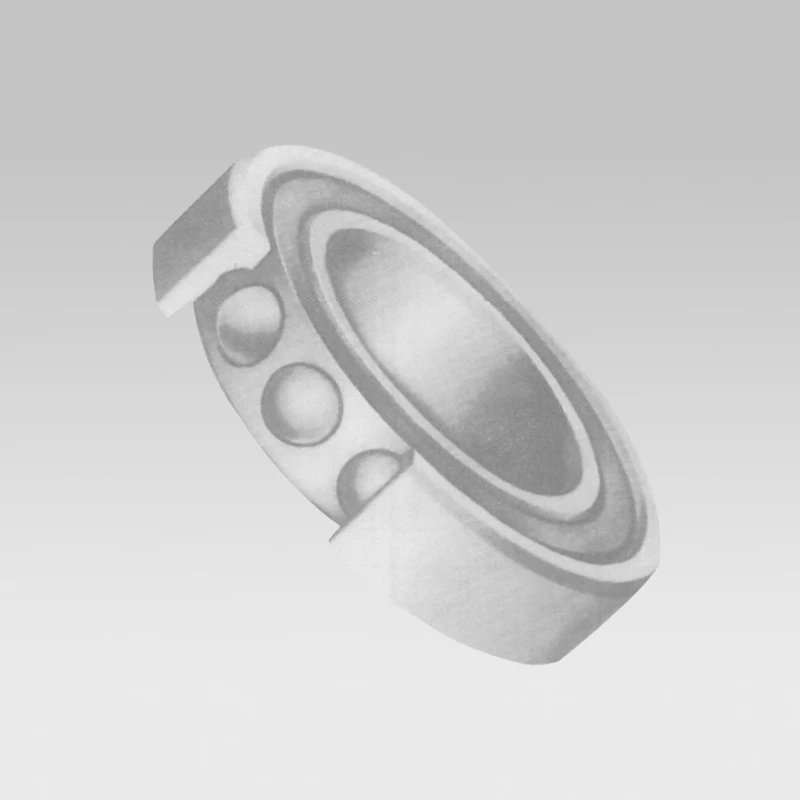
Dec . 02, 2024 05:54 Back to list
ball bearing 6207
Understanding the 6207 Ball Bearing Features and Applications
Ball bearings are crucial components in machinery and automotive applications, providing support for rotating parts and enabling smooth and efficient movement. Among various types of ball bearings, the 6207 series stands out as a versatile and widely used option. This article delves into the features, applications, advantages, and maintenance of the 6207 ball bearing.
What is a 6207 Ball Bearing?
The 6207 ball bearing is part of the 6000 series of single-row deep groove ball bearings. Its designation “6207” indicates specific dimensions and load capacities. Typically, the 6207 ball bearing has an inner diameter of 35 mm, an outer diameter of 72 mm, and a width of 17 mm. It is constructed from high-quality steel, which ensures durability and strength under various conditions.
These bearings are designed to accommodate radial load primarily, but they can also handle a small amount of axial load in either direction. The deep groove design allows for increased speeds and reduces friction, making them efficient for various applications.
Key Features of the 6207 Ball Bearing
1. Versatility The 6207 ball bearing can be used in numerous applications ranging from electric motors, household appliances, and automotive components to industrial machinery. 2. Durable Construction Made from high-grade materials, the 6207 is resistant to wear, corrosion, and fatigue, ensuring longevity even in demanding environments.
3. Low Friction The design of the bearing minimizes friction between the balls and the raceways, contributing to higher efficiency and energy savings.
4. Sealed or Shielded Options The 6207 ball bearing can come in sealed or shielded formats, which helps in keeping lubricant in and contaminants out, thereby enhancing performance and lifespan.
5. Standardized Size The 6207 bearing follows international dimensions, making it easy to replace or procure, thus ensuring compatibility with various equipment.
Applications of 6207 Ball Bearings
6207 ball bearings are employed in numerous industries due to their reliability and performance. Some of the most common applications include
1. Electric Motors These bearings are often used in small and medium-sized electric motors, providing essential support for rotor shafts.
2. Automotive Industry In vehicles, the 6207 ball bearing may be found in alternators, gearboxes, and various other components, helping to ensure smooth operation.
ball bearing 6207

4. Industrial Machinery From conveyor systems to pumps, the 6207 ball bearing is relied upon for its robustness and capacity to handle significant loads.
5. Bicycles Many bicycles incorporate 6207 bearings in their wheel hubs and bottom brackets, contributing to fluid motion and reducing friction.
Advantages of Using 6207 Ball Bearings
The 6207 ball bearing offers several advantages
- Cost-Effectiveness Its broad availability and standardized size often make it a cost-effective choice for various applications.
- Ease of Maintenance With proper handling, these bearings require minimal maintenance, reducing downtime for machinery and equipment.
- High Load Capacity Despite its compact size, the 6207 can handle substantial radial and axial loads, making it suitable for demanding tasks.
- Increased Efficiency The low friction design allows for smoother operations, which can lead to energy savings over time.
Maintenance Tips for 6207 Ball Bearings
To ensure the longevity and optimal performance of 6207 ball bearings, consider the following maintenance tips
1. Regular Inspections Check for signs of wear, noise, or misalignment regularly. Early detection can prevent more significant issues.
2. Lubrication Ensure that sealed or shielded bearings are adequately lubricated. If they are of the open type, periodic lubrication is critical.
3. Environment Control Protect the bearings from dust, moisture, and extreme temperatures, which can accelerate wear and tear.
4. Proper Installation Follow manufacturers' guidelines during installation to avoid damaging the bearings.
In conclusion, the 6207 ball bearing is a versatile and reliable component that plays a vital role in a wide array of machinery and equipment. Understanding its features, advantages, and applications can help users make informed decisions, ensuring smooth and efficient operations across various industrial and commercial applications.
Latest news
-
Grooved Ball Bearing Design and Functionality
NewsJun.04,2025
-
Concrete Mixer Bearing Load Capacity Testing
NewsJun.04,2025
-
6004 Bearing Dimensions in Robotic Joint Designs
NewsJun.04,2025
-
Advantages of Single-Row Deep Groove Ball Bearings
NewsJun.04,2025
-
Applications of Deep Groove Ball Bearings in Automotive Systems
NewsJun.04,2025
-
Innovations in Bearing Pressing Machine Design
NewsJun.04,2025
